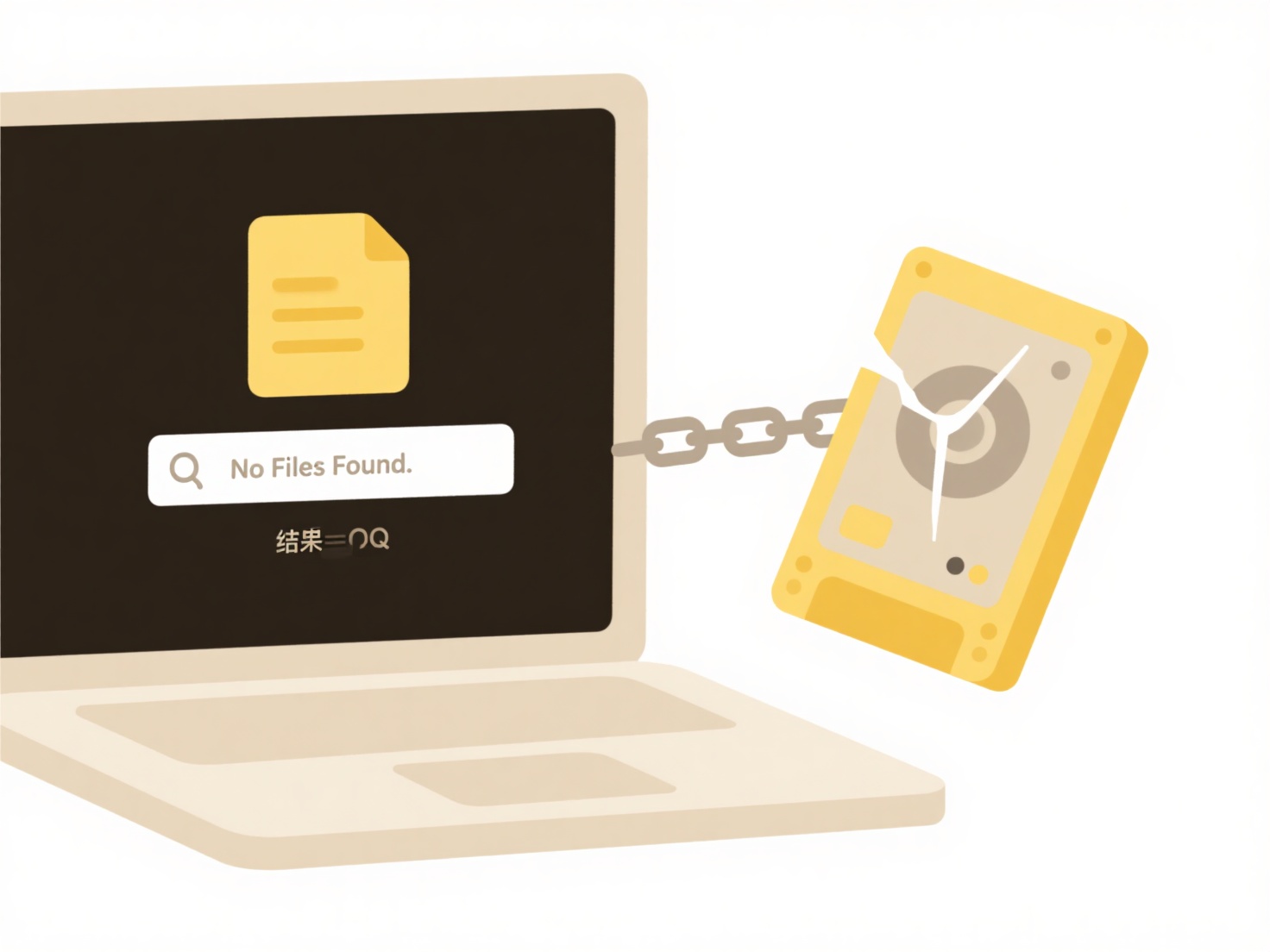
Excluding certain files from cloud syncing, called selective file exclusion, prevents specific items in a synced folder from uploading or updating in the cloud. This differs from turning off syncing entirely; only the chosen files stay local, while others in the folder continue syncing automatically. It's controlled through settings in your cloud service's desktop application or web interface.
This function is useful in various situations. A business might configure their cloud client to exclude a folder containing sensitive payroll data from syncing to a shared company account. An individual might choose to exclude large, rarely used video files from their cloud backup to save storage space and bandwidth, while still syncing important documents and photos using services like Dropbox, OneDrive, or Google Drive.

The key advantage is control over storage consumption, bandwidth usage, and data privacy. It avoids unnecessary uploading of large or confidential files. Limitations include remembering to manually configure exclusions and potential confusion if exclusions aren't set consistently across devices. Ethically, it places responsibility on users to correctly identify sensitive data needing exclusion. This functionality makes cloud storage more viable by allowing tailored setups to meet diverse needs.
Can I stop certain files from syncing to the cloud?
Excluding certain files from cloud syncing, called selective file exclusion, prevents specific items in a synced folder from uploading or updating in the cloud. This differs from turning off syncing entirely; only the chosen files stay local, while others in the folder continue syncing automatically. It's controlled through settings in your cloud service's desktop application or web interface.
This function is useful in various situations. A business might configure their cloud client to exclude a folder containing sensitive payroll data from syncing to a shared company account. An individual might choose to exclude large, rarely used video files from their cloud backup to save storage space and bandwidth, while still syncing important documents and photos using services like Dropbox, OneDrive, or Google Drive.

The key advantage is control over storage consumption, bandwidth usage, and data privacy. It avoids unnecessary uploading of large or confidential files. Limitations include remembering to manually configure exclusions and potential confusion if exclusions aren't set consistently across devices. Ethically, it places responsibility on users to correctly identify sensitive data needing exclusion. This functionality makes cloud storage more viable by allowing tailored setups to meet diverse needs.
Quick Article Links
Is file content ever shared with third-party services?
Is file content ever shared with third-party services? No, your file content is never shared with any third-party serv...
What file formats are supported by major browsers?
Major browsers support various file formats for seamless content rendering. At the core, image formats like JPG, PNG, GI...
What player should I use for lossless audio files?
Lossless audio files preserve the original sound data perfectly during compression and decompression, unlike lossy forma...